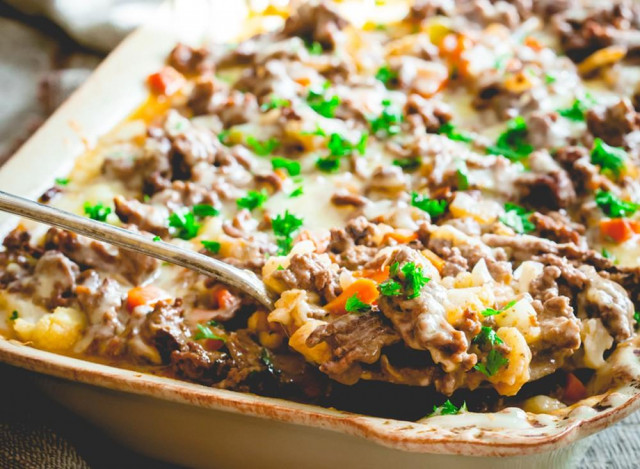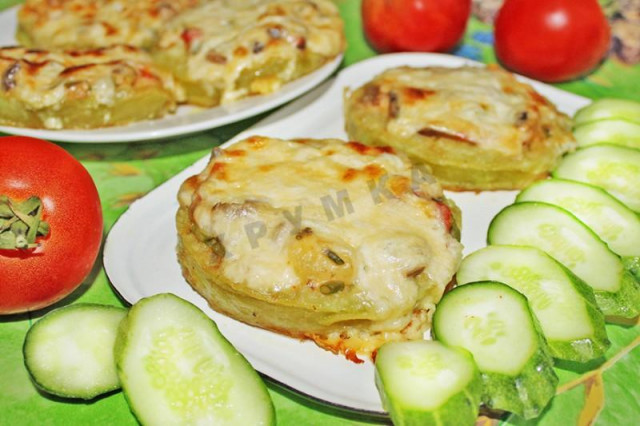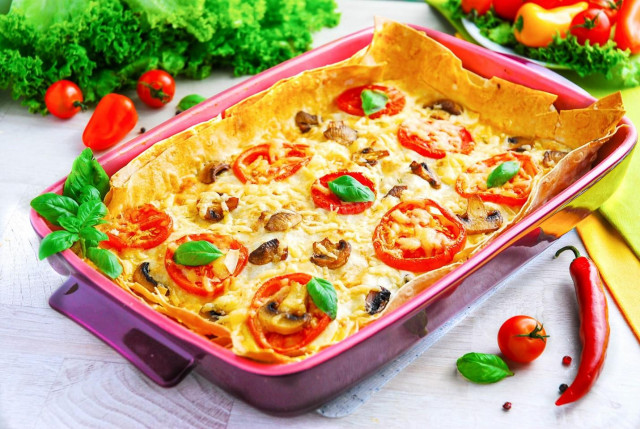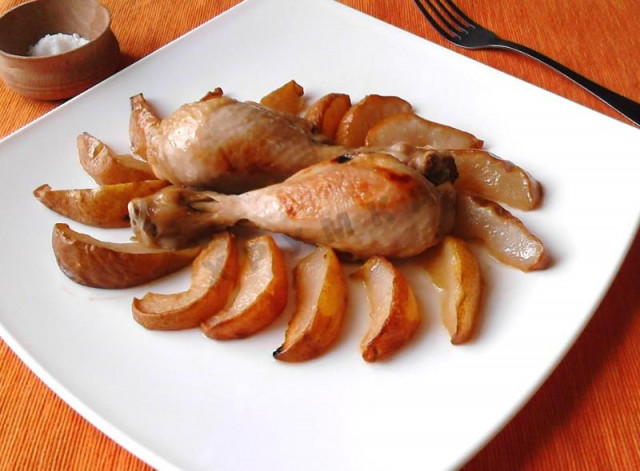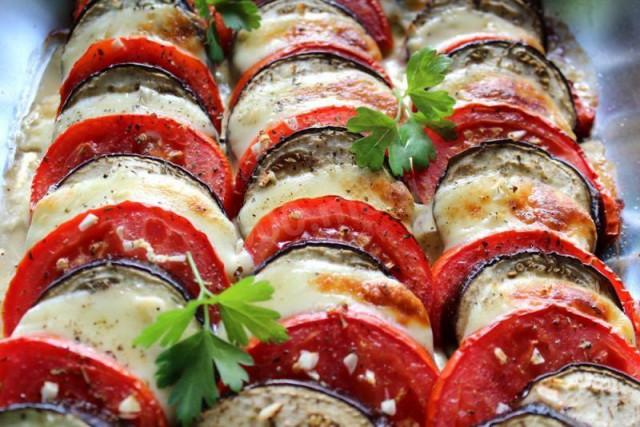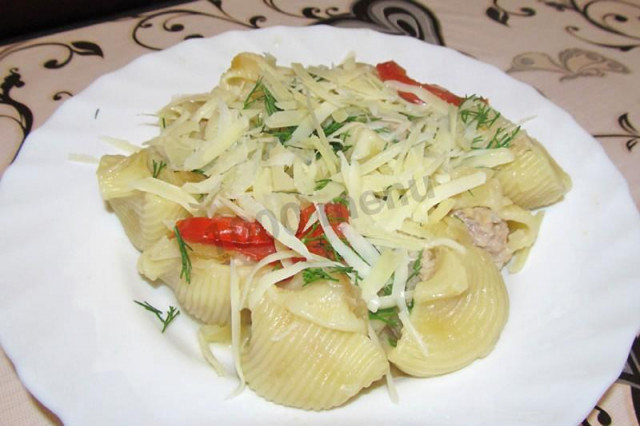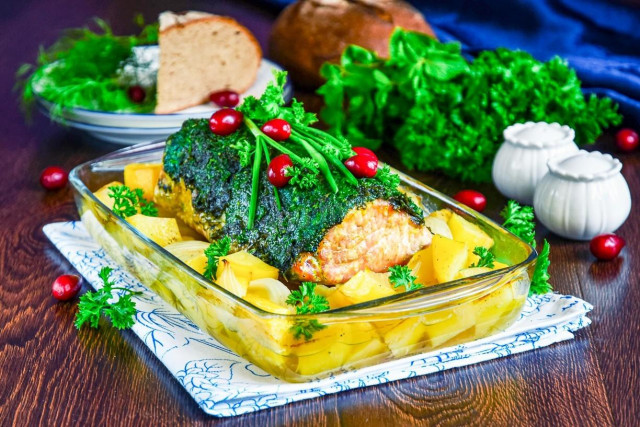Composition / ingredients
Cooking method
How to make a casserole with minced meat and vegetables in the oven? Get busy preparing vegetables. Pour the water into a saucepan and bring to a boil. Disassemble the cauliflower into inflorescences and boil for 5-6 minutes until it softens.
Preheat a frying pan with vegetable oil, add ground beef. Fry it until cooked, constantly stirring with a spatula and crushing the pieces so that the mass turns out to be more tender and homogeneous. As soon as the minced meat is browned, transfer it to a separate plate.
Peel onions and carrots, wash, dry. Cut the onion into small cubes, and grate the carrots on a coarse grater. Cut the celery into small pieces.
In the frying pan in which the minced meat was fried, melt the butter and send the vegetables to it. Fry for 5-7 minutes until they are soft and the onion is transparent. Add paprika, thyme, ground black pepper, fry for a minute until the aroma of herbs appears.
Add tomato paste, Worcestershire sauce and dry red wine. Boil until reduced in volume. Pour in the broth, reduce the heat to low and cook until the sauce thickens and the vegetables are fully cooked.
Add the beef and stir. Discard the finished cauliflower in a colander and leave the water to drain.
In a saucepan, heat half of the milk almost to a boil. Stir the other half with starch in a separate bowl. Pour the starch mixture into the milk, boil until thick, stirring constantly and turn off.
Grate the cheese, add to the milk, sprinkle with ground white pepper, stir until the cheese melts.
Turn the oven to 180 degrees to warm up.
Start assembling the casserole. Grease the mold with vegetable oil, put half of the cauliflower, half of the meat mixture on the bottom and pour half of the sauce. Then repeat again: cabbage, meat mixture and the remaining sauce. Bake in a preheated oven for 25 minutes until the cabbage is completely cooked.
Let cool for 10 minutes and serve.
Bon appetit!
Keep in mind that everyone's ovens are different. The temperature and cooking time may differ from those specified in the recipe. To make any baked dish successful, use useful information about the features of ovens !
Any oils are useful only until a certain temperature is reached - the point of smoking, at which the oil begins to burn and toxic substances, including carcinogens, are formed in it. How to determine the roasting temperature and choose the best oil for frying, and which one is better not to use at all, read here .
Since the degree of salinity, sweetness, bitterness, sharpness, acid, burning is individual for everyone, always add spices, spices and seasonings, focusing on your taste! If you put some of the seasonings for the first time, then keep in mind that there are spices that it is especially important not to shift (for example, chili pepper).
Caloric content of the products possible in the composition of the dish
- Onion - 41 kcal/100g
- Whole cow's milk - 68 kcal/100g
- Milk 3.5% fat content - 64 kcal/100g
- Milk 3.2% fat content - 60 kcal/100g
- Milk 1.5% fat content - 47 kcal/100g
- Concentrated milk 7.5% fat content - 140 kcal/100g
- Milk 2.5% fat content - 54 kcal/100g
- Carrots - 33 kcal/100g
- Dried carrots - 275 kcal/100g
- Boiled carrots - 25 kcal/100g
- Cauliflower - 28 kcal/100g
- Ground black pepper - 255 kcal/100g
- Celery - 12 kcal/100g
- Celery Roots - 32 kcal/100g
- Thyme - 101 kcal/100g
- Dried thyme - 276 kcal/100g
- Thyme - 276 kcal/100g
- Butter 82% - 734 kcal/100g
- Amateur unsalted butter - 709 kcal/100g
- Unsalted peasant butter - 661 kcal/100g
- Peasant salted butter - 652 kcal/100g
- Melted butter - 869 kcal/100g
- Liqueur wines - 212 kcal/100g
- Semi-dry wines - 78 kcal/100g
- Dry wines - 64 kcal/100g
- Red wine - 88 kcal/100g
- Vegetable oil - 873 kcal/100g
- Tomato paste - 28 kcal/100g
- Salt - 0 kcal/100g
- Water - 0 kcal/100g
- Paprika - 289 kcal/100g
- Corn starch - 329 kcal/100g
- White pepper - 0 kcal/100g
- Worcestershire sauce - 78 kcal/100g
- Cheddar cheese - 392 kcal/100g
- Chicken broth - 19 kcal/100g
- Ground beef - 254 kcal/100g

